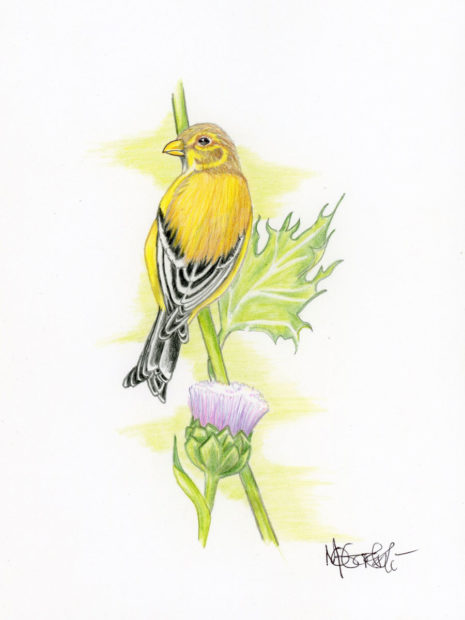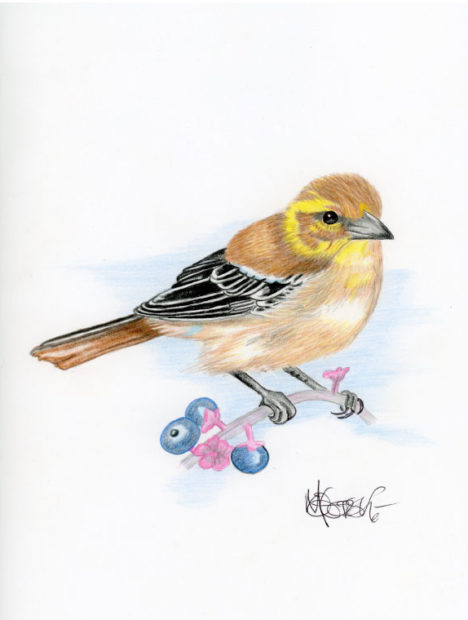by SPP Conservation Nursery Coordinator Jacob Meyers

Jackson Federal Building ballroom. Photo taken from Washington Department of Corrections Facebook Page.
Many months ago, I attended eye-opening summit on recidivism. At the time, I was inspired. I was inspired by my coworkers, whom I was just getting to know and learning how much we had in common. I was inspired by all of the individuals from many different communities and counties, countless organizations and government agencies, and all working in some shape or capacity to reduce recidivism. And I was inspired by a formally incarcerated individual, Tarra Simmons, who had recently learned she was not going to be allowed to take the BAR despite graduating with honors from Seattle University’s law school, but was determined to continue fighting for that right. (She would subsequently get that right a few months later in November, 2017)
As a part of being a program coordinator for SPP, we are asked to write a few blogs every year. Writing about the summit, I thought, was the perfect opportunity. So I did. It took me a while, but I came up with a draft and shared it with my supervisor. He gave me some feedback.

At SPP’s Climate Symposium on October 18, 2017, I am facilitating a workshop with inmates at Stafford Creek Corrections Center. My original blog still a work in process… Photo credit: Ricky Osborne
I never followed up to make the corrections or move the process forward. I kept putting it off and prioritizing other things. Before I knew it, it was January and I was meeting with my supervisor to review how I am doing in the position. The blog came up, and I couldn’t deny I had dropped the proverbial ball. I felt bad about it, like I was a somewhat of failure. Pretty much every one of my coworkers had written a blog in that time. A few wrote multiple!
However, to my supervisor’s credit, he didn’t overly lambast me or make me feel worse. He acknowledged that I had dropped the ball, and I could tell he was disappointed. But, he told me, “Well, we’re here now. What are you going to do about it? How are you going to move forward?”
Since then, a few things came in focus for me. This journey—while humbling—pales in comparison to the journeys and hardships our post-release incarcerated population must traverse. Additionally, redemption of any kind must involve some type of forgiveness. Usually when we make a mistake it costs other people something and we must ask forgiveness from them. Yet, often even more challenging, we must forgive ourselves to be able to move forward. My supervisor forgave my shortcoming and in turn afforded me redemption through a second chance and new strategy to get this blog done. In turn, I was able to put my own insecurities aside – my feelings of failure and inadequacy – and find the modicum of courage to get this done.
Overall, when reflecting on my time at SPP, the recidivism summit back in September, and the minor challenges of writing this blog, I know we as a society must do better to truly forgive our incarcerated population. To forgive their transgressions and shortcomings and allow them the possibility of redemption. I know it may seem silly to compare writing a blog to a criminal offense. But if I can attach so much worth and self-value to something so small (as many of us do), imagine the emotional and psychological journey incarcerated people might go through during their stay in prison and upon reentry?

Very methodically compacting soil during a day of sowing on December 13th, 2017. Photo Credit: Bethany Shepler

On December 13th, 2017, Aaron Bander (left) and I are discussing how the sowing process is going or possibly upcoming college football games. Photo Credit: Bethany Shepler
Next week, I will post my original reflections on the recidivism summit.

























































